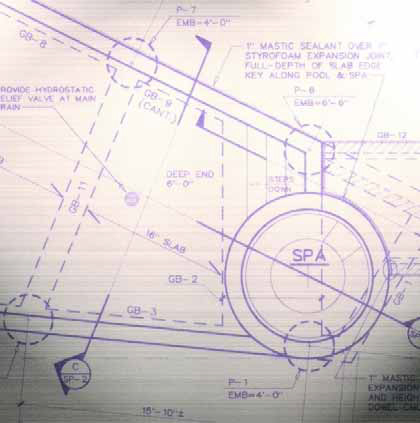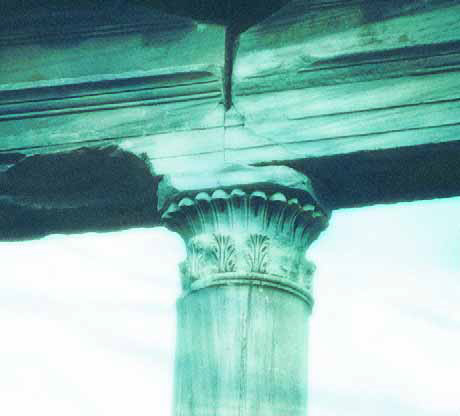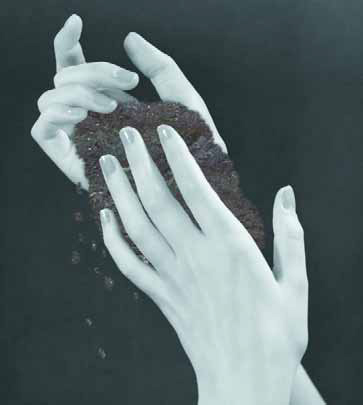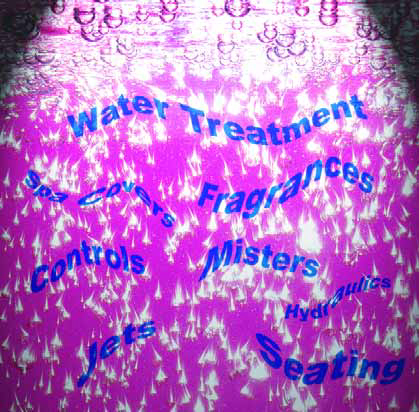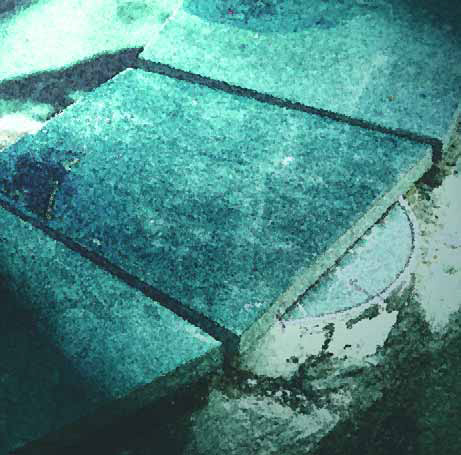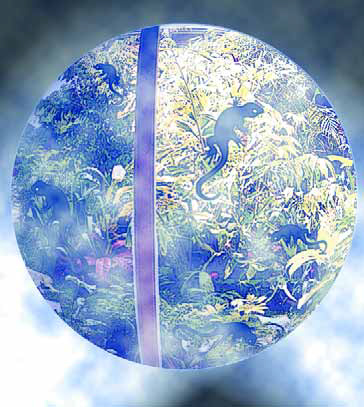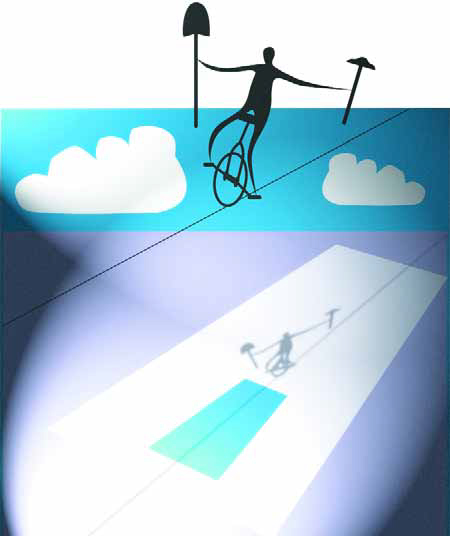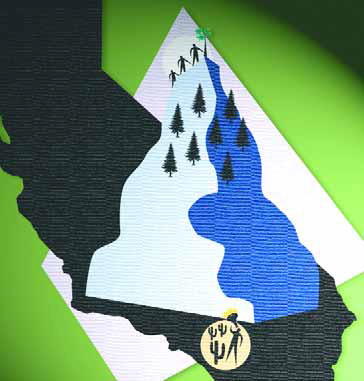column
Why is it that, on the pool/spa side of the watershaping business, it's so difficult to find much by way of truly workable plans and specifications? In residential work, of course, the tone is set by local building inspectors and plan checkers, whose needs seem to vary tremendously from place to place. But that's no excuse for the fact that the plans used in a great many residential projects are grossly inadequate - especially when compared to the far more detailed and precise plans and specifications required by
I spent ten days this last December traveling in Turkey - my second visit to the country in the past several years and a trip that reinforced vivid memories of just how mind-expanding a place it is. The Greek, Roman, Byzantine and Ottoman empires all held sway over this patch of land at times during the past 2,500 years, and throughout that long history, these and other great civilizations of both East and West have made their marks on the place. Situated at the crossroads of land- and sea-trade routes between Europe and Asia, Turkey has vast, rich reserves to drawn upon when it comes to
Watershapers are still fairly easily divided into two groups, one with its origins in the landscape trades, the other hailing from the pool industry. For all the distinctions that might be drawn between them, however, watershapers of all stripes have one very important thing in common: We all work with the stuff we find under our feet on the job site - the stuff we generally call dirt or soil. Dirt is the more inclusive of the two terms, and unless the contractor is working with a tricky site or faces compaction issues, it is simply what is carted away or rearranged to make room for a watershape. By contrast, soil is a blanket term covering
Last time, we began a discussion of giving our clients the satisfying hot-water experience they crave with a review of basic design principles and coverage of a range of materials-selection issues. Translating the good on-site positioning and great materials we surveyed in February into a luxurious spa experience requires the designer to have an advanced understanding of the technology at work in hydrotherapy as well as a grasp of the spectrum of options available to drive and control hot-water systems. Before we address those key topics, however, it bears
One of my guiding principles has to do with the fact that early decisions my clients and I make about materials have a huge influence on how my watershapes ultimately are designed and built. The project we've been following through the past few issues is a perfect case in point: The choice of the bluestone coping and of the one-inch glass mosaic tile for the pool's and spa's interiors started the wheels turning and definitely drove the early stages of the design process. As I've mentioned before, this project and its unforeseen problems (as well as clients who were at times unsure of exactly what
We all know how much watershapes add to the beauty of any setting, but I suspect we also tend to take for granted the integral role water plays in sustaining those environments. It's obvious that no landscape would survive long without a steady infusion of water to nurture its plants. Less obvious, however, are ways in which water can be used to make some places more hospitable to other life forms that inhabit them. This isn't really new. As has been noted in several articles published in WaterShapes, water has been used in arid climates for centuries as a prime source of "air conditioning" for
Since time immemorial, humans have sought out warm water for purposes of pleasure, bathing, relaxation and healing. That's a great thing for modern watershapers, almost all of whom are steadily asked to design swimming pools with attached spas or to set up stand-alone inground spas or to find ways to make portable spas work as part of a landscape or deck setting. I'd argue that hot water is even more important to contemporary lifestyles than it was to the Assyrians, Greeks or Romans of antiquity, given the stresses of modern life and the fact that we seem to have more of the leisure time required to enjoy a
Last time, I described a series of unfortunate revelations that complicated the early stages of an elaborate pool renovation project in Malibu, Calif. By the time all of those enormous structural issues had been addressed, the pool project had been on hold for about six months. When we finally returned to the site to resume our work, we were greeted by a "courtyard" that was basically a neat, seven-foot-deep hole surrounded by a beautiful home in one of the most exclusive neighborhoods in the country. Although the most significant of the troubles were now behind us, the tasks that followed were far from simple. In the intervening six months, my clients had
It's pretty obvious that designing projects outside your familiar climate zone takes some ingenuity and resourcefulness. That's something I could have told you before I tackled a project near Lake Arrowhead in Southern California's mountains - a world away from my usual work in the hot, arid San Fernando Valley or on Los Angeles' temperate west side. What the experience drove home for me, however, is the importance when you're working away from your home base of finding people in that "alien" zone who know what they're doing and are willing to
As you spend your days creating structures that contain and control water, it's easy to lose sight of the water itself. Yes, we're conscious of the fact that we have to filter, treat and sometimes heat it, but in its role as the defining feature in our products, water is so familiar a participant that in some ways it almost becomes invisible. This time around, I want us all to step back from the intricacies of the design, engineering and construction tasks we all perform to consider the water itself. As we do, you'll find yourself thinking (as I often do) that we're in a special, healing trade that










